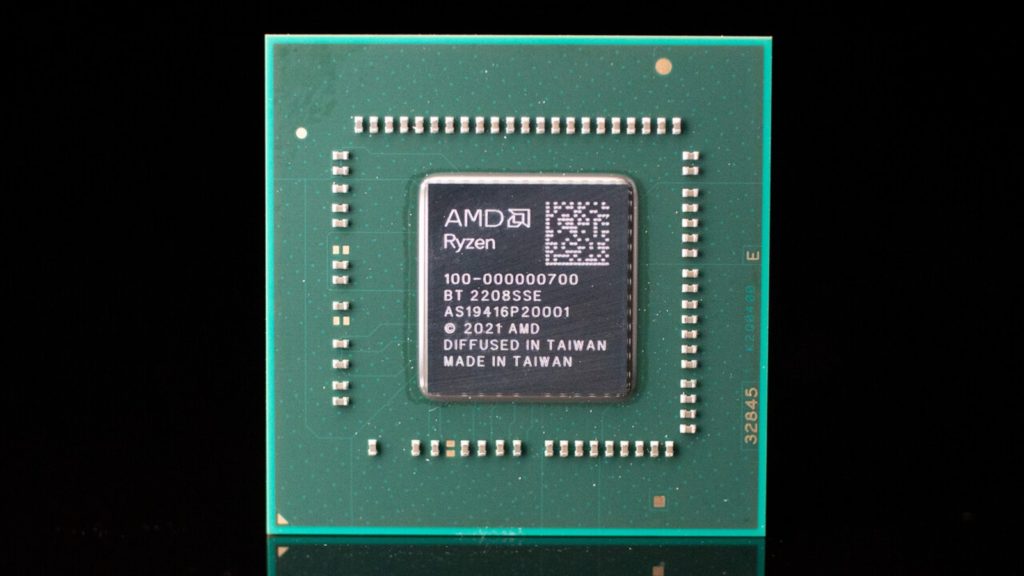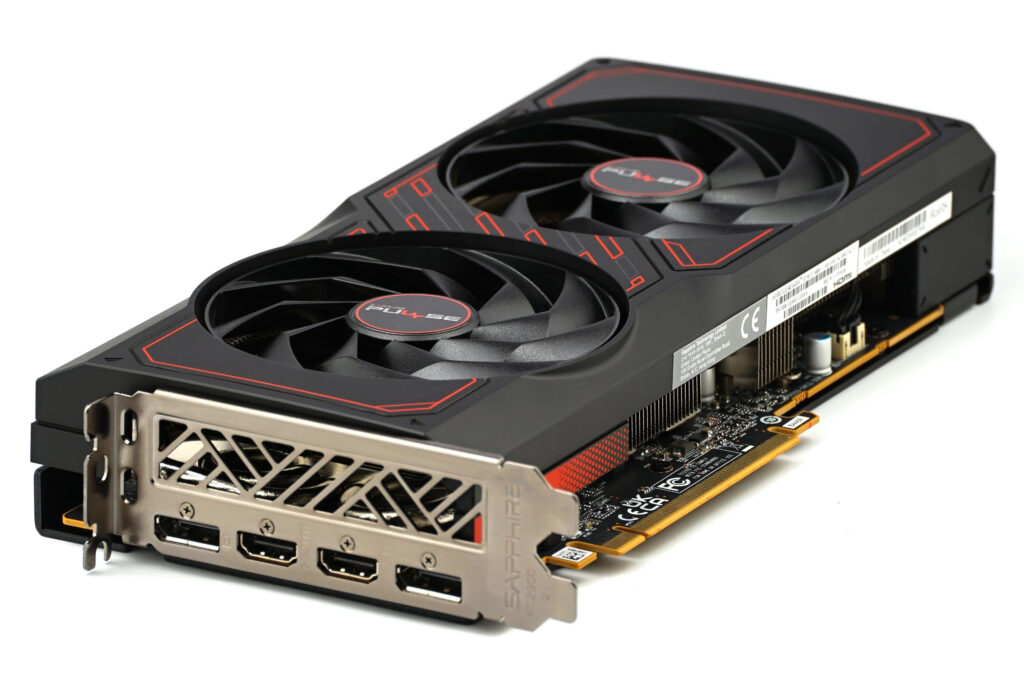Potentially inferior technology could reduce key production costs
Back when the groundbreaking Ryzen processors launched, AMD was still manufacturing almost all of its products at GlobalFoundries, with the exception of chipsets designed by ASMedia. But now, by contrast, it is almost fully tied to the fortunes of TSMC. However, it looks like there could soon be some diversification in place. Samsung-made chips are coming to low-cost processors and they’ll also appear in Radeon graphics cards later.
This isn’t the first time that AMD’s use of Samsung’s foundry services has been discussed. The leaker Revegnus (Tech_Reve), who usually presents leaked info on Samsung’s Exynos phone processors, now reports that this information has been confirmed to him by supposedly reliable sources. And he’s already learned directly about what AMD will be producing at Samsung. It’s not supposed to be some product unrelated to traditional PC hardware and outside AMD’s main portfolio like FPGAs, but indeed AMD’s core products, namely CPUs and GPUs. Of course, Samsung will probably – at least for now – only be used in the lower price-tier products.
Cheap processor for laptops
It seems that the silicon produced in Korea will start to roll into manufacturing of processors first, more precisely into APUs (i.e. processors with integrated graphics, aimed mainly at laptops). AMD will reportedly produce some APUs on Samsung’s 4nm node, which is supposed to be the first fruit of the collaboration.
It is not likely to be a mainstream successor to the current APUs Phoenix, Hawk Point and the coming Strix Point, but a lower performance, simpler and cheaper APU. More likely we are talking about something like the current hybrid Phoenix 2 (which we know will have a Kraken Point successor with Zen 5), or maybe an even cheaper product intended for the very low end – something like the Mendocino APU released in 2022 as Ryzen 7020U.
The Mendocino SoC is supposed to have an eventual successor named Sonoma Valley, which is likely a hot candidate for a chip that Samsung could be entrusted with, and the 4nm manufacturing node could fit the bill. This line of SoCs should probably server as an eventual replacement for the various Athlon SKUs still based on the first generations of Zen and the 12nm or 14nm node.
Radeon GPUs as well
AMD plans to use Samsung’s foundry for discrete Radeon GPUs as well. But that’s probably a more distant thing that would be realised only some times after Samsung silicon hits that cheap APUs (those might be something like a test). So Samsung is not likely to be involved in the RDNA 4 generation (Radeon RX 8000), which may come out as early as this year.

In theory, Samsung manufacturing could be involved in the production of chips based on the following RDNA 5 architecture, but even these could be relatively close to launch now (2025–2026?), so it is possible that the planned involvement of Samung fabs in GPUs will occur even later. But even here Samsung will probably only be used in the cheaper segment at first.
Less performance, but a win based on costs?
Samsung’s nodes are generally expected to perform worse than TSMC’s (which has a bigger scale and R&D budgets, so it’s not surprising). This has been observed, for example, in the 5nm and 4nm nodes of both companies, where some phone processors could be compared thanks to using the same ARM-licensed architectures.
This is not a perfectly pre-determined outcome, of course, but it is likely that the use of this technology will impair some disadvantage for GPUs and processors based on it, which will either have slightly lower clock speeds or slightly worse power consumption than the hypothetical versions that would be fabbed by TSMC. On the other hand, Samsung, in an effort to attract more customers, is offering a better prices than TSMC, which could offset these drawbacks. This was the basis of Nvidia’s strategy for GeForce RTX 3000 GPUs, which were built on inferior Samsung’s 8nm node (which was crucially an evolution of 10nm technology, leaving a large technology gap with competing 7nm GPUs).
Thus, Samsung’s technology could be useful precisely for the lowend CPUs and standalone GPU that have to be cheaply made. The rising cost of newer technologies makes it less and less profitable to develop new chips for these segments. Thus, cheaper manufacturing may actually help more than the potential for better efficiency and performance promised by TSMC’s high-end process. To illustrate – it is possible, for example, that the partnership with Samsung will allow these cheaper products to be manufactured on 4nm, whereas with TSMC, AMD could only afford 6nm technology for such products.
AMD is likely diversifying for this reason pretty much like Nvidia used to, and the goal is to save on overall manufacturing costs, which may allow the resulting processor or GPU to be more competitive. We can probably observe AMD having similar motivations in the use of the 6nm node in the Navi 33 chip (Radeon RX 7600, 7600 XT) in the current generation of graphics cards that otherwise use a 5nm node, for example. Samsung’s technology could very likely be used in a future successor of this particular GPU.

Besides the price, there could be another advantage for AMD in this. Splitting production orders between two suppliers could provide the company with better position in situations where TSMC gets over-utilised and unable or unwilling to provide AMD with more production volume when needed, which might have been impacting AMD in 2019 and 2020. It could also serve as a hedge to keep the company from being overdependent on one supplier. And utilizing the competitive pressure between TSMC and Samsung may also eventually give AMD leverage to negotiate slightly better contracts at TSMC than it can force while being in a position of a client that has no alternatives and is basically at TSMC’s mercy.
English translation and edit by Jozef Dudáš
⠀








